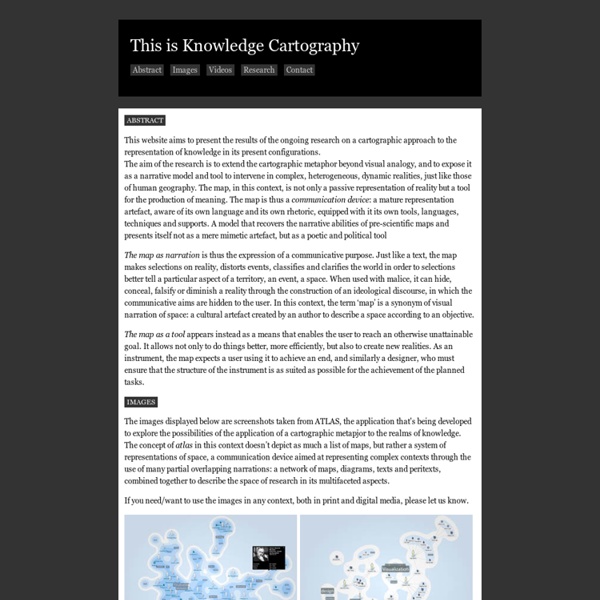Knowledge Cartography

VertigO - la revue électronique en sciences de l'environnement
Web game | Powder Game
[POWDER] : Standard powder.[WATER] : Water splash.[FIRE] : Fire spark. [WIND] : Send wind toward the arrow direction. [BLOCK] : It blocks wind or dots. [UPLOAD] : Upload. * See below. - Uploading and Downloading - By selecting the [UPLOAD] button you'll save and uploadyour artwork on our server and you can share them. If you like the downloaded data, rate it.Voting helps to keep the quality of the work high. [Uploading has the following limitation]User registration is required.Upload only 1 time in 2 day.Only the author can upload his or her downloaded data.Up to 50 data can be uploaded within 12 hours. [Downloading has no limitation] [Voting has the following limitation]You can't vote for your own work.You can vote only 1 time for each work.You can't vote for works older than 3 months. It may contain offensive contents.The system blocks uploading when the text contains specific keywords.Do not write any advertisement on the work.
Related:
Related:



